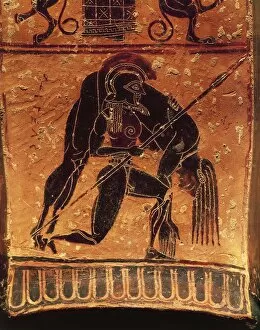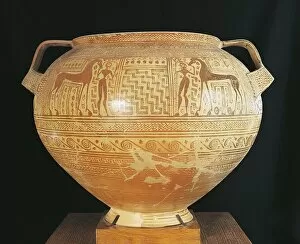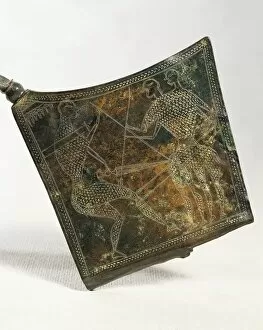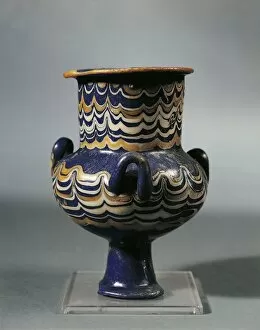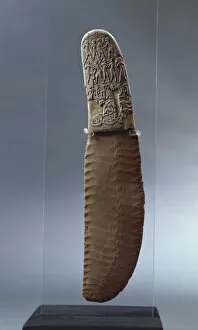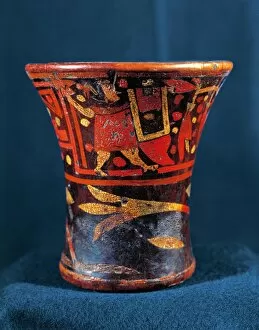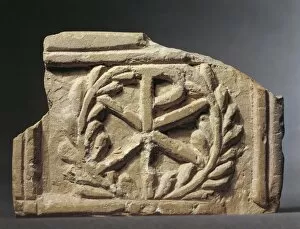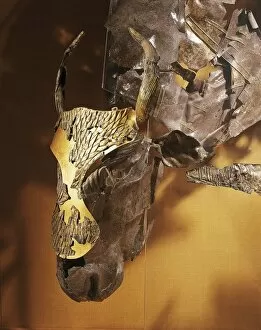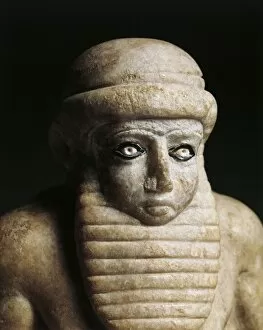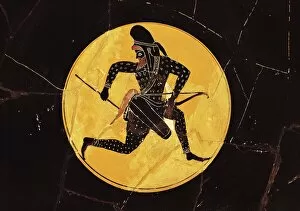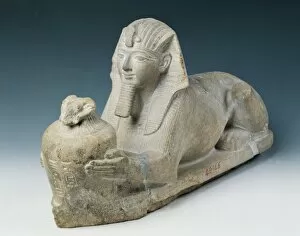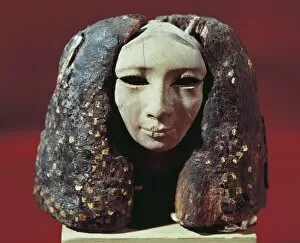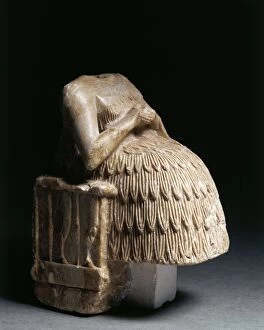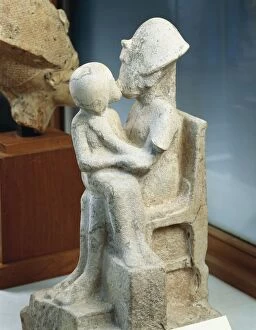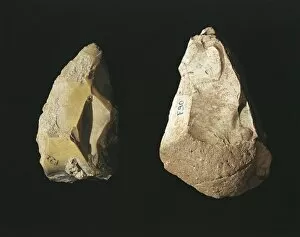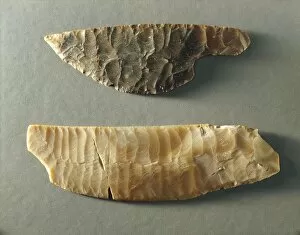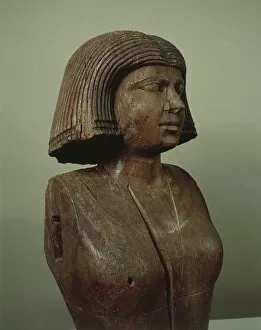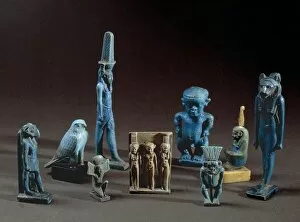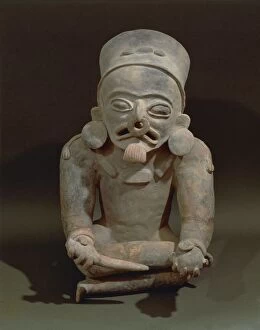Archeological Artifact Collection (#3)
"Unveiling the Beauty of Ancient Art: A Glimpse into Archeological Artifacts" The Nike or Victory of Samothrace
For sale as Licensed Images
Choose your image, Select your licence and Download the media
"Unveiling the Beauty of Ancient Art: A Glimpse into Archeological Artifacts" The Nike or Victory of Samothrace: This magnificent marble sculpture stands as a symbol of triumph and grace, showcasing the mastery of Greek craftsmanship. Black-figure pottery, amphora by Exekias depicting Achilles and Penthesilea: Delving into the depths of Greek civilization, this exquisite amphora tells the tale of love and tragedy between two legendary warriors. Black-figure pottery Carbire vase with scene of Ulysses: Journey alongside Ulysses through this intricately decorated vase, capturing his epic adventures in stunning detail. Aphrodite the Saver: Witness a Roman copy that immortalizes Calamis' original statue, portraying Aphrodite's divine beauty and her ability to bring salvation to those who seek it. Sculpture representing winged horses from Tarquinia, Italy: Transport yourself to ancient Lazio where these majestic winged horses once graced the cityscape, evoking a sense of awe and wonder. Detail of Attic pottery depicting Hercules, Triton and Maenads dancing: Step into an ancient celebration as Hercules joins mythical creatures in a lively dance captured on this intricate piece of pottery dating back centuries. Ceramic figure of a parrot from Colima civilization in Mexico: Discover the vibrant world inhabited by the Colima people through this charming ceramic figure that reflects their artistic prowess. Decorated lamp with Chi-Rho symbol made from terracotta: Illuminate your understanding with this beautifully adorned lamp featuring one of Christianity's earliest symbols - Chi-Rho - revealing glimpses into religious practices long past. Altar depicting the mythic origins of Rome from Ostia excavations (marble): Unearth stories etched in stone as you explore an altar that narrates Rome's mythical beginnings; a testament to the city's rich history.


